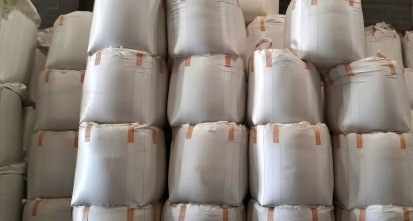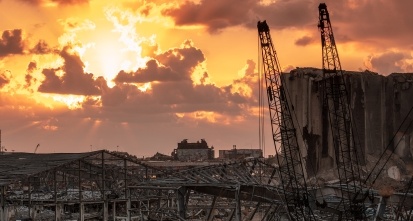Gain new perspectives for faster progress directly to your inbox.
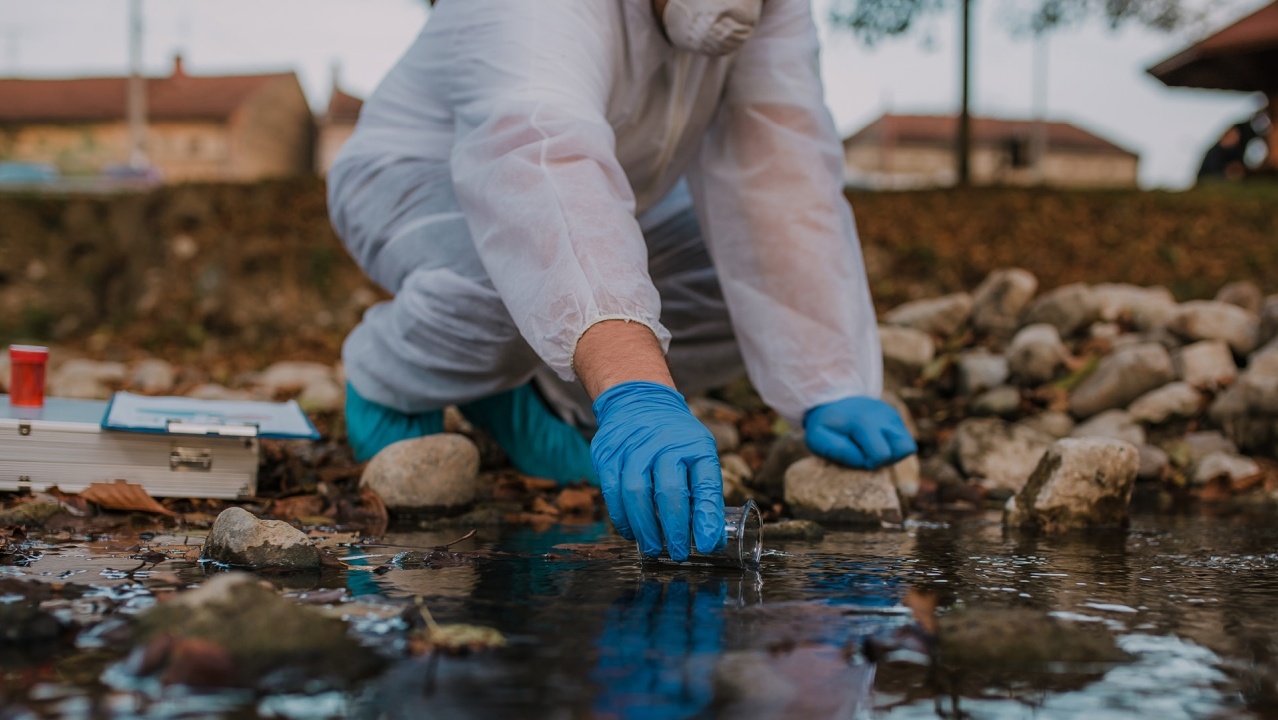
Every day almost 5 million tons of hazardous materials are shipped in the United States, so statistically, the number of chemical spills is small, but the impact is far reaching. Recent spills in East Palestine and other places showcase the challenges that first responders, transporters, and government agencies face with cleaning up after chemical spills. This article takes a deeper dive into the science behind vinyl chloride, the impact of dioxins, and potential remediations in scientific literature.
Finally, as we consider the future of hazardous material transportation, it is inevitable that there will be accidents, but what can we learn that may help guide future decisions for better tracking, responses, and outcomes?
How does vinyl chloride cause cancer?
Even with the controlled burn at East Palestine, a significant amount of vinyl chloride was still released into the surrounding environment, including soil, water, and air. Vinyl chloride is a widely used chemical, with many applications across industries like building, electronics, and packaging. However, vinyl chloride is a carcinogen with known toxic properties.
Exposure to vinyl chloride through ingestion, inhalation, or skin contact can lead to its absorption into the bloodstream, where it is transported to the liver. In the liver, vinyl chloride is metabolized by the enzyme cytochrome P450, producing a highly reactive intermediate called chloroethylene oxide (Figure 1). This molecule contains an epoxide group (highlighted in red) that can readily bind to the bases in DNA (guanine as an example), resulting in the formation of DNA adducts. These adducts can cause DNA mutations, which may ultimately lead to the development of cancer.
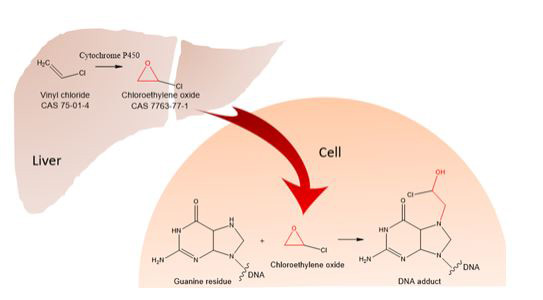
Are there any remediations for vinyl chloride contamination?
Vinyl chloride has a short half-life in the environment: 0.2-0.5 day for evaporation from soil; 0.8 hour from water; 1.5 days in the air for degradation by gas-phase reaction. Therefore, the remediations for vinyl chloride are less critical for the long run than those long-lasting contaminants, such as dioxins, in the environment. While there are a variety of approaches (physical vs. chemical) for remediation, they may only be applicable to those who are continually exposed to vinyl chloride.
What are dioxins and are they dangerous?
Dioxins are environmental contaminants consisting of 2,3,7,8-tetrachlorodibenzo-p-dioxin and many other dioxin-like compounds created as a byproduct of burning vinyl chloride. While the EPA has not tested the levels of dioxins, many experts are concerned since dioxins are persistent and 90% of human exposure is through food.
Dioxins are highly toxic and can mimic or activate transcription factors and cause mis-regulations in gene expression, resulting in many disrupted physiological functions. It can also interfere with many hormones, such as estrogen, androgen, and thyroid hormones, leading to abnormalities in reproductive, developmental, and immune systems.
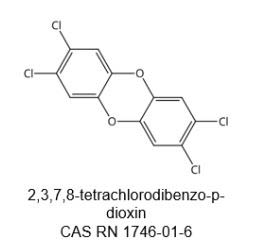
Are there any remediations for dioxins?
Reviewing the landscape of patents in the CAS Content Collection™ around dioxin removal, several key trends emerged. Thermal decomposition and decomposing catalysts are two primary methods of dioxin removal with many patents focused on removing dioxin from air or fly ash. Research on removing dioxin from soil is still limited. Fu et al. discussed using a modified activated carbon (V5-Mo5-Ti) as a promising catalytic adsorption material to control the emission of dioxins from the thermal desorption of organic contaminated soil.
Key players identified include Mitsubishi Heavy Industries, who filed over 90 patents in the years 2000-2003 (Figure 2), and emerging players from China in the last 5 years (Figure 3). Concepts such as thermal decomposition, flue gases, incinerator flue gases, and decomposition catalysts are frequently discussed in these patent publications. The patent JP2006239484 filed by Mitsubishi Heavy Industries claimed a device that uses laser photocatalysis to thermal decompose halide on particles, thus limiting the dioxin generation. Patent CN115708995 claimed a device with dioxin decomposing catalyst for removing dioxins from flue gas.

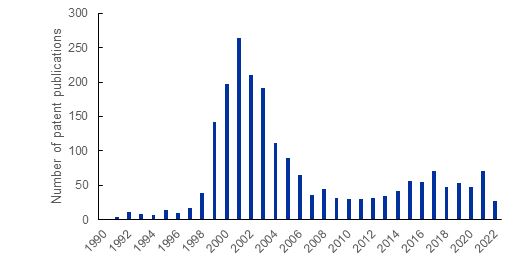
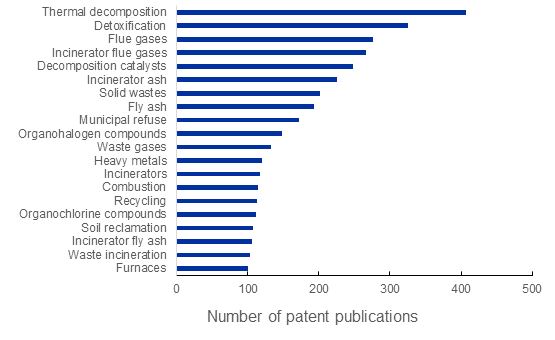
The role of data
Immediately after accidents like these, there is often a focus on the physical challenges or shortcomings, but another key factor to consider is the information. It is vital that any of the safety protocols or handling guidelines are easily accessible to first responders and responding agencies. Universally, it is also critical that all hazardous materials are properly tracked by those transporting the chemicals. Solutions that integrate data and improve accuracy and efficiency across the supply chain become even more valuable. Rinchem, a company that manages some of the most complex supply chains globally, transports over 4 billion chemicals safely every year and is one example of an organization that leverages CAS RN™ Numbers to ensure that the chemical data is accurate and integrated across sources.
Looking forward
While there are a variety of approaches in prevention (from restrictions, policies, and more), the challenge of how to best clean up and minimize health problems and environmental concerns will need to be addressed moving forward. While scientific research and publications have advanced, there should be considerations for easy access and better traceability of hazardous chemicals. Finally, in situations where fire departments may be understaffed or lack training for hazardous material protocols, accurate identification of spilled chemicals and access to the right safety protocols are critical. Only by preparing for future spills and accident scenarios will we be able to minimize the impact of the inevitable.

